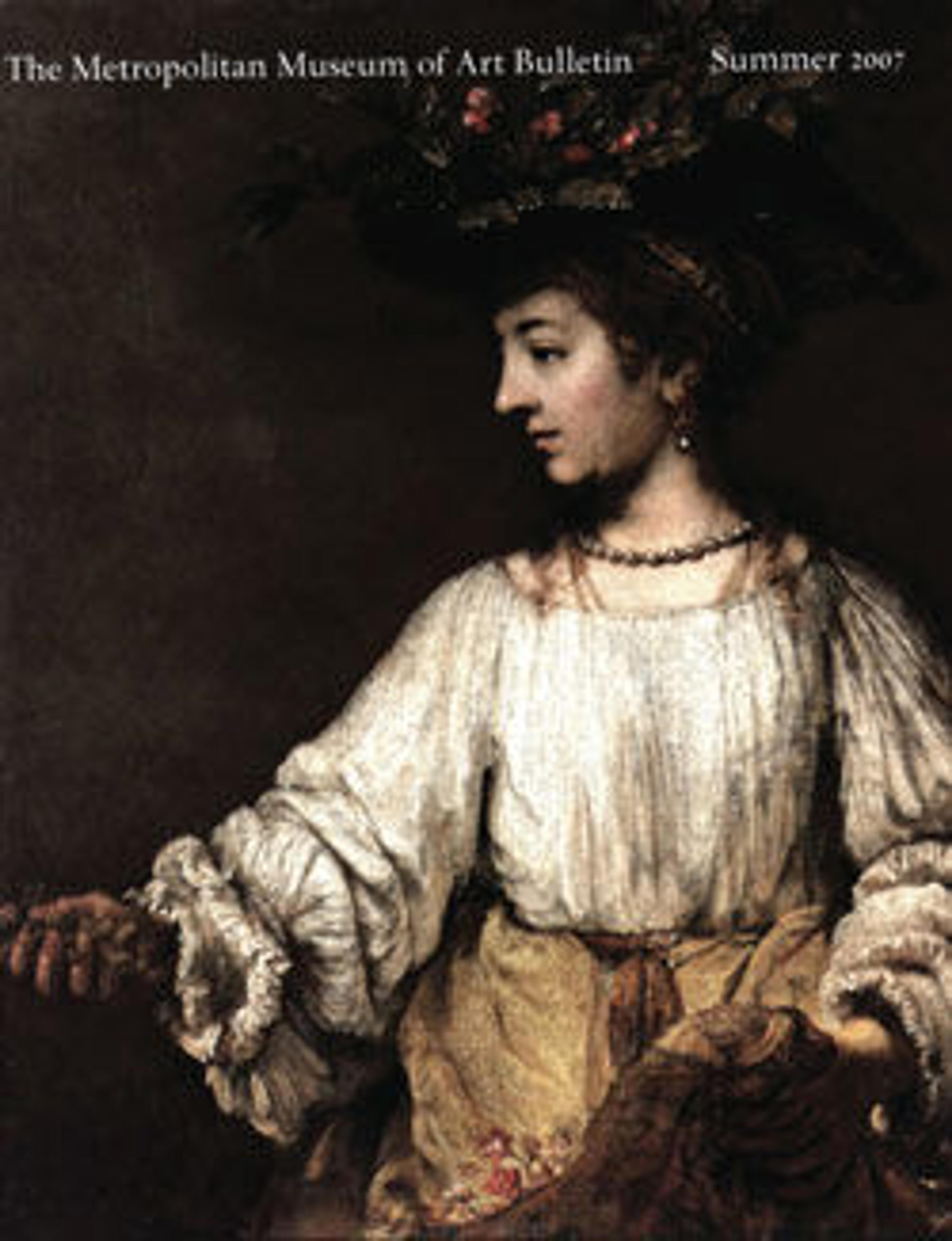A Man and a Woman on Horseback
In this early work by the Haarlem painter Wouwerman, work, rest, and riding for pleasure coexist for a moment on the bank of a canal. While famous for his horses, the artist was remarkably original as a landscapist and a close observer of human interaction.
Artwork Details
- Title:A Man and a Woman on Horseback
- Artist:Philips Wouwerman (Dutch, Haarlem 1619–1668 Haarlem)
- Date:ca. 1653–54
- Medium:Oil on wood
- Dimensions:12 1/8 x 16 1/4 in. (30.8 x 41.3 cm)
- Classification:Paintings
- Credit Line:Purchase, Pfeiffer Fund, Joseph Pulitzer Bequest, and Gift of Dr. Ernest G. Stillman, by exchange, 1971
- Object Number:1971.48
- Curatorial Department: European Paintings
More Artwork
Research Resources
The Met provides unparalleled resources for research and welcomes an international community of students and scholars. The Met's Open Access API is where creators and researchers can connect to the The Met collection. Open Access data and public domain images are available for unrestricted commercial and noncommercial use without permission or fee.
To request images under copyright and other restrictions, please use this Image Request form.
Feedback
We continue to research and examine historical and cultural context for objects in The Met collection. If you have comments or questions about this object record, please contact us using the form below. The Museum looks forward to receiving your comments.
